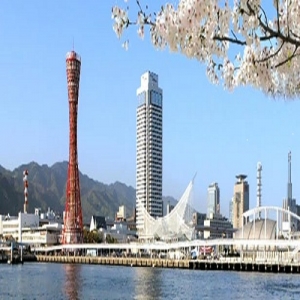- Home
- About Us
- Tel : +91 33 4022 9591
KobeView all the popular packagesOffers
1 Popular Packege(s)
Area 552.3 Square Kilometers
Population 1.54 Million
Winter Temperature 15C
Summer Temperature 28C
Best Time To Visit The main rainfall occurs during summer. There are two periods: June and July, and September, when it rains quite heavily. The Kobe weather cycles have four seasons: summer (mid-June to the end of September), autumn (the end of September to December), winter (December to mid-March) and spring (mid-March to mid-June).
BY AIR
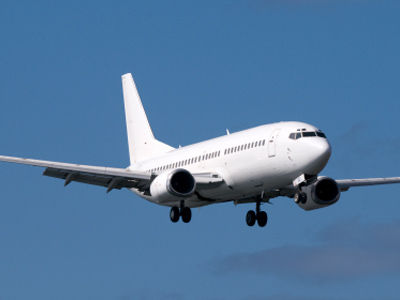
Kobe Airport,built on reclaimed land in front of the harbor, opened in February of 2006. The airport handles domestic flights only: both Japan Airlines and All Nippon Airways have flights to Kobe from Tokyo Haneda, Sapporo, Sendai, Okinawa, and Kagoshima. ANA also offers service from Niigata, while JAL has flights from Kumamoto. A low-cost airline, Skymark, operates cheap flights to/from Tokyo, Naha, Ibaraki, Kagoshima, Nagasaki, and Sapporo.
BY TRAIN
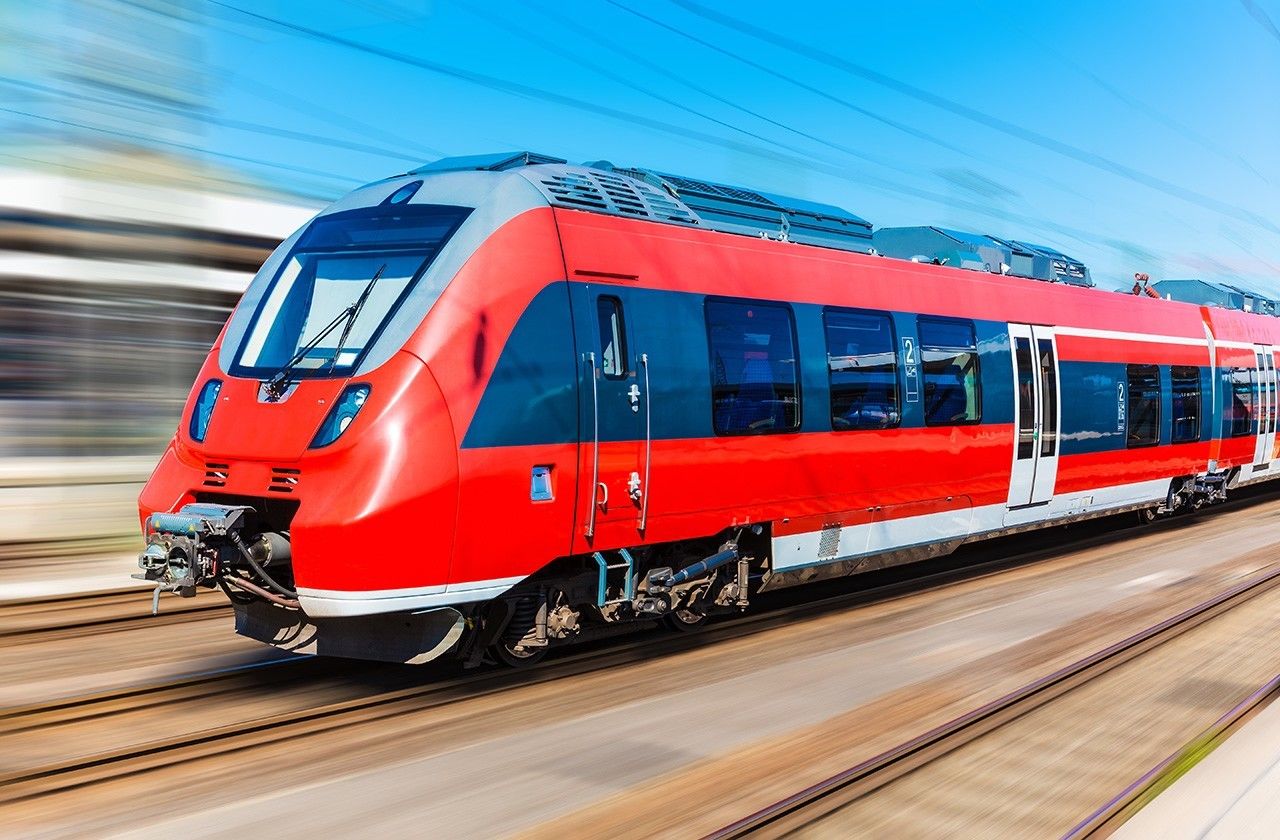
The central business district and many attractions are near Sannomiya station, 1.7km south of Shin-Kobe Station. Sannomiya station has a tourist information office well-stocked with area maps.The nearest station on Japan's high-speed shinkansen network is at Shin-Kobe station. From Tokyo station, Shin-Kobe is 2 hours, 50 minutes away via Nozomi ; 3 hours and 20 minutes via Hikari.
BY BUS
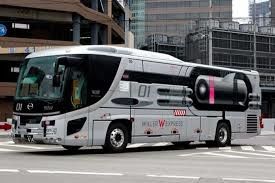
Buses from Tokyo follow either the Tomei Expressway or the Chuo Expressway to Nagoya, then the Meishin Expressway in the direction of Kobe. Trips take 9-10 hours .Buses have either a 1x1x1 seat layout, or a cheaper 2x2 seat layout. Fares vary and are cheaper if purchased in advance.
Mount Rokko
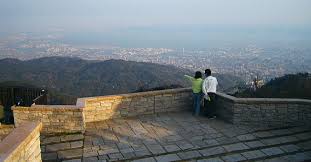
Mount Rokko (931 meters) is the highest peak in the Rokko mountain range, which provides the pleasant green backdrop to the city of Kobe. Panoramic views of the heavily urbanized Hanshin region (Kobe and Osaka) can be enjoyed from the mountain and are particularly spectacular around sunset.
Kobe Earthquake Memorial Museum
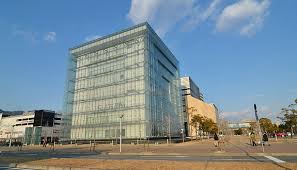
On January 17, 1995 at 5:46 am, the city of Kobe was hit by the Great Hanshin Awaji Earthquake, resulting in the death of more than 5000 people and the destruction of tens of thousands of homes.
Meriken Park
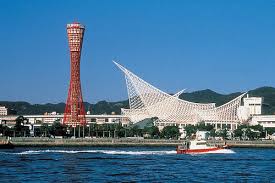
Meriken Park is a nice waterfront park in Kobe's port area. Built on an outcropping of reclaimed land, the park is covered in grassy lawn and open courtyards dotted with a collection of modern art installations and fountains. It is home to some of the city's more iconic contemporary architecture such as the red Kobe Port Tower and the Kobe Maritime Museum.
Nankinmachi (Kobe Chinatown)
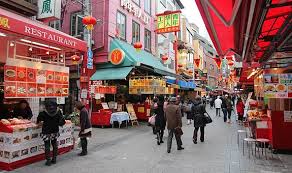
Nankinmachi is a compact chinatown in central Kobe and a center of the Chinese community in the Kansai Region. The area was developed by Chinese merchants who settled near Kobe Port after the port was opened to foreign trade in 1868. As the chinatown developed, it became known as Nankinmachi after Nanjing, the former Chinese capital.
Kobe Harborland
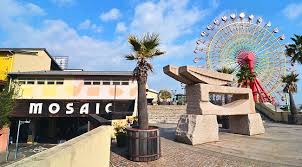
Kobe Harborland is a shopping and entertainment district between JR Kobe Station and the waterfront of Kobe's port area. The district offers a large selection of shops, restaurants, cafes and other amusements, which, together with the romantic evening atmosphere, have made it a popular spot for couples and tourists alike. The most prominent shopping complex in Kobe Harborland is Umie which consists of three parts: Mosaic, South Mall and North Mall.
KOBE-SANDA PREMIUM OUTLETS®
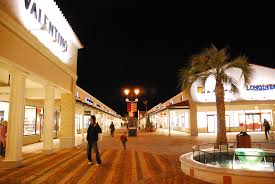
7-3 Kozudai, Kita Ward, Kobe, Hyogo Prefecture 651-1515, Japan
Phone:+81 78-983-3450
MINT KOBE
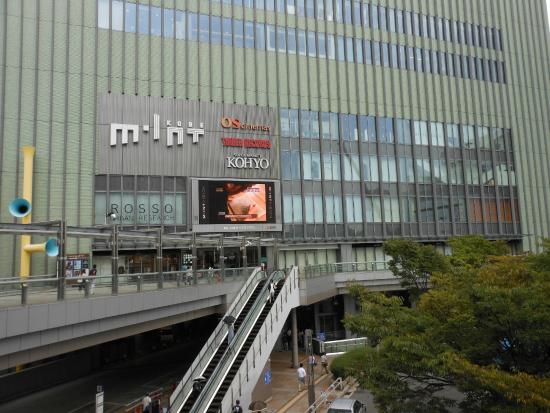
Japan, 651-0096 Hyogo Prefecture, Chuo Ward, Kumoidori, 7−1−1
Phone:+81 78-265-3700
Daimaru Kobe
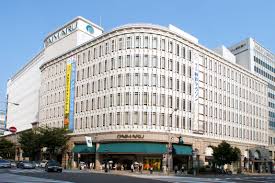
40 Akashimachi, Chuo Ward, Kobe, Hyogo Prefecture 650-0037, Japan
Phone:+81 78-331-8121
Steakland Kobe

Japan, 650-0021 Hyogo Prefecture, Kobe, Chuo Ward, Kitanagasadori, 1−8−2,
Phone:+81 78-332-1653
Tor Road Steak Aoyama
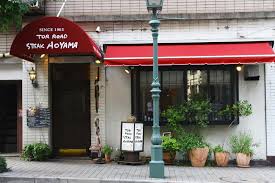
2 Chome-14-5 Shimoyamatedori, Chuo Ward, Kobe, Hyogo Prefecture 650-0011, Japan
Phone:+81 78-391-4858
Kobe Plaisir
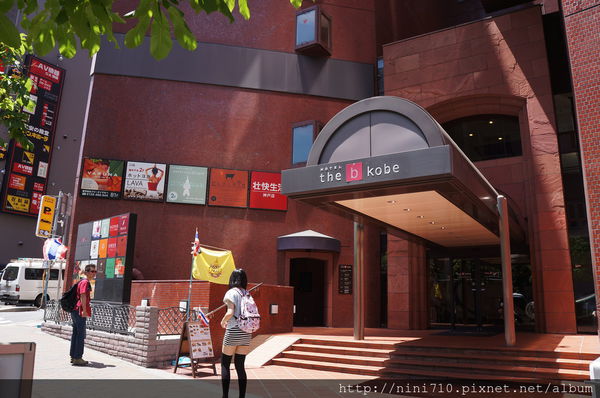
Japan, 650-0011 Hyogo Prefecture, Kobe,11−5
Phone:+81 78-571-0141

